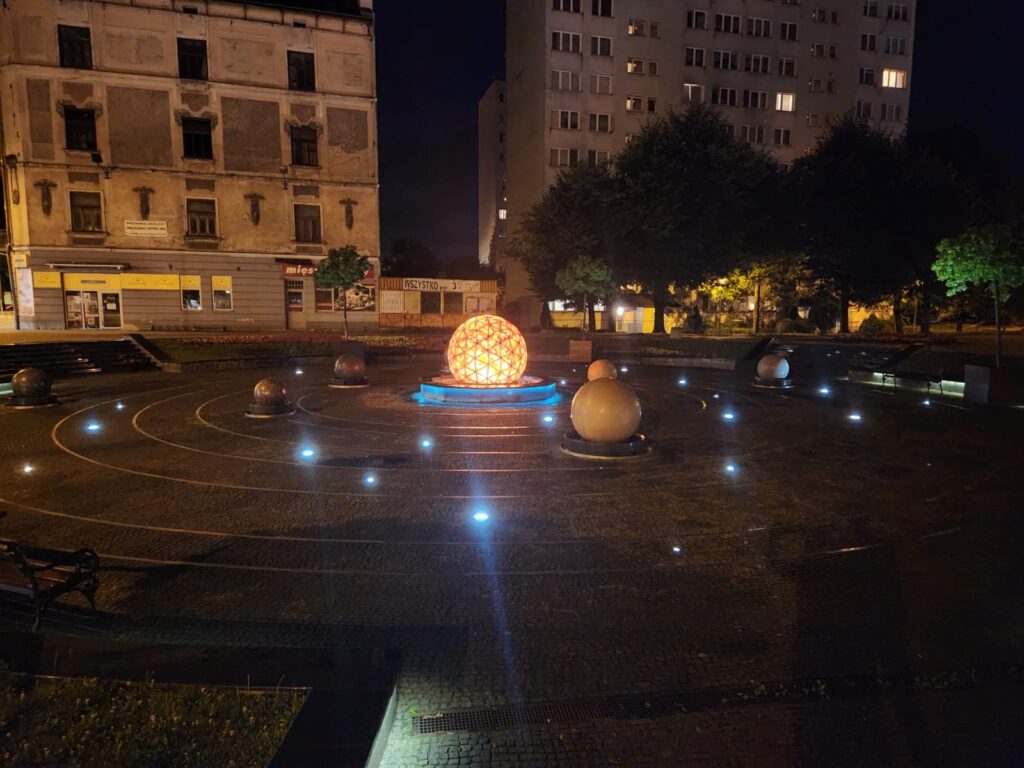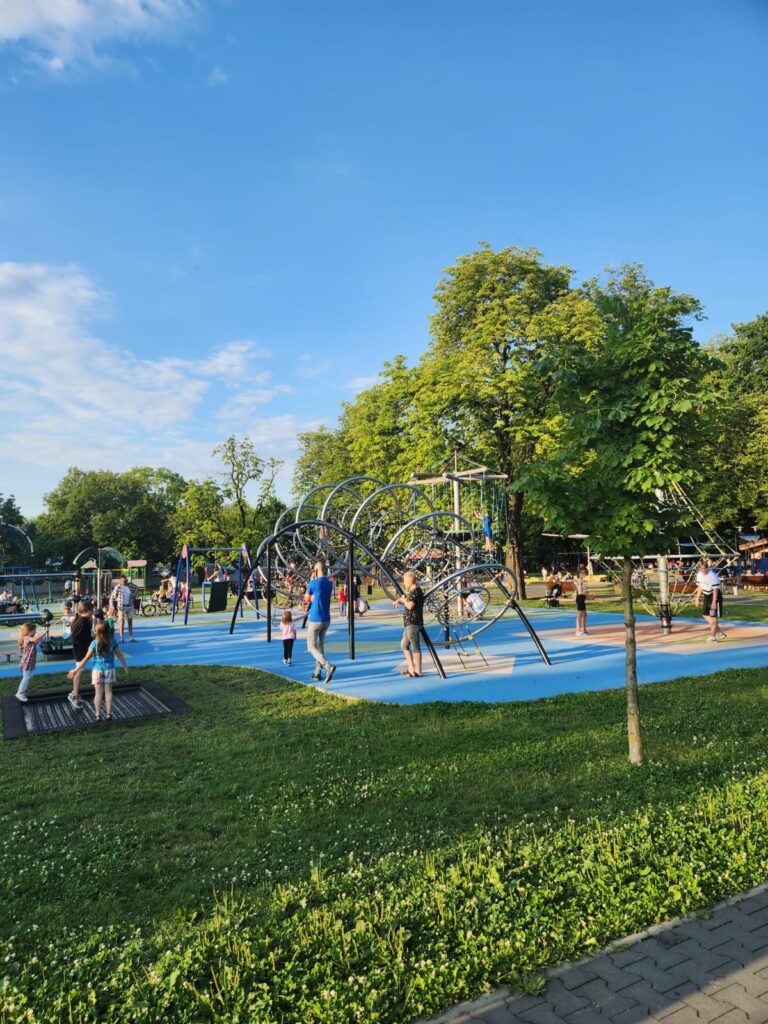Discovering the world / Odkrywając świat, Interesting facts / Ciekawostki, Traveler's guide / Podróznicze porady
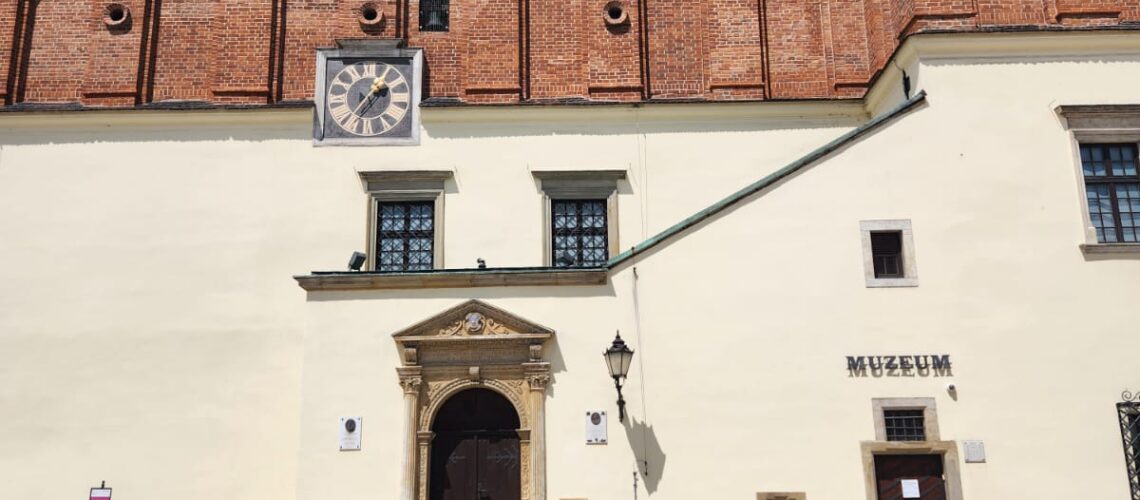
August 16, 2023
Tarnów – part 2 – monuments (part 1)
Tarnów – the “Polish pole of heat”, a city of many cultures and the “Pearl of the Renaissance”. A city with an interesting history, half Jewish before the war, with the greatest national hero, Józef Bem. Once under Austrian rule, closely related to Hungary.
Before World War II, many nationalities lived in Tarnów – apart from Poles, Jews and Roma, there were Germans, Scots, Austrians and Hungarians. There are many memorabilia of this diverse heritage.
Formerly a garrison town, now hospitable, beautiful, encouraging to return. It is located in the southern part of Poland, in the Lesser Poland Voivodeship, on the Biała and Dunajec rivers. The area of the city is 72.4 km2 and it is inhabited by almost 120,000 people.
Tarnów is famous for its “Tarninówka” tea and blackthorn fruit liqueur of the same name. Wooden beads resembling dark blue sloes are also popular here. Already the Polish chronicler Jan Długosz wrote that the name Tarnów comes from blackthorn growing around the castle.
Tarnów, after Kraków, has the most monuments in southern Poland. Most of the most valuable ones come from the 16th – 18th centuries. The most interesting is the old town – one of the most beautiful in Poland. It is because of it that Tarnów is called the “Pearl of the Renaissance”.
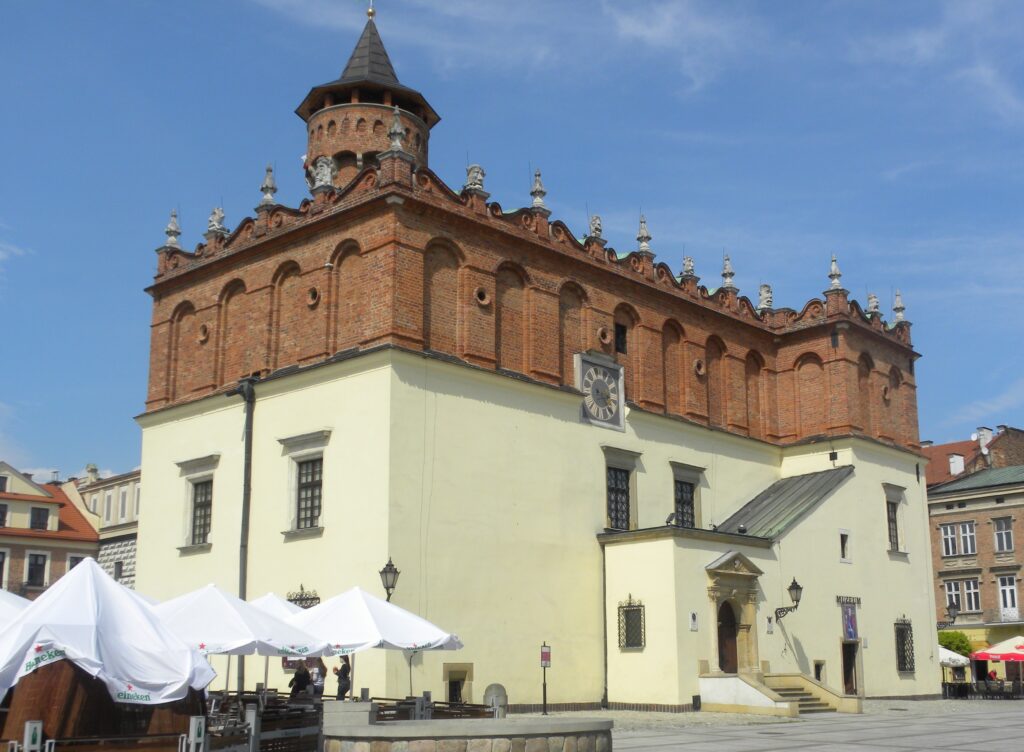
In one of the best equipped IT points in Poland – Tarnów Information Center (Rynek 7) – you will find out what souvenirs you must bring from Tarnów and you will receive thematic leaflets with which you can follow while getting to know the city. A few worth paying attention to are “Tarnów in 330 minutes”, “Tarnów – Polish Heat Pole”, “Tarnów in 3 days”, “Tarnów – Pearl of the Renaissance”, “Tarnów for the youngest”, “Tarnów – Jewish culture” or the “Trail of Leliwits Tarnowski”.
Anyone who has seen Tarnów at least once cannot resist the charm of its Galician atmosphere. It is not only the unique beauty of the Old Town, with preserved medieval streets, Gothic and Renaissance buildings, fragments of defensive walls. It is also a special spirit that distinguishes the old towns of the south from the rest of Poland.
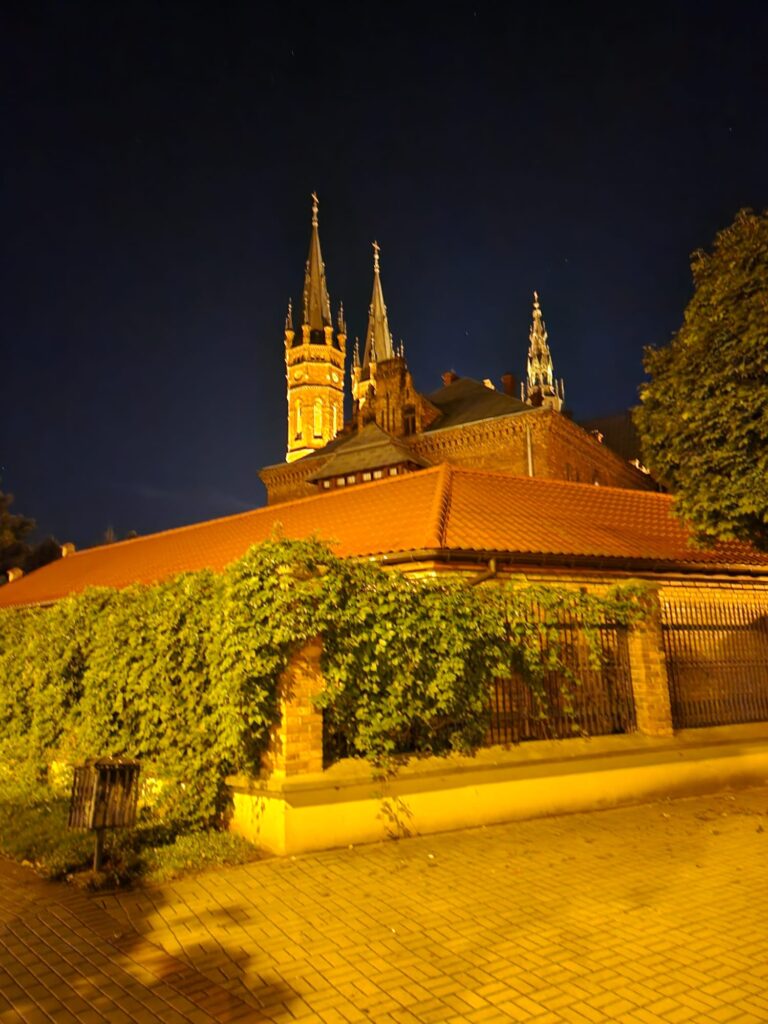
The most beautiful monuments in Tarnów
- Railway Station (1855)
- Church of the Holy Family
- Szeklerska Gate
- Red Tram
- Tadeusz Tertil Passage
- Buildings of the Old Town Square (tenement houses) with the late-Gothic town hall (mid-14th century)
- Cathedral (minor basilica) and Renaissance tombstones of the Tarnowski family in the cathedral and Mannerist tombstones of the Ostrogski family
- Bimah – a remnant of the old synagogue
- “Church by the Burek” – Sanctuary of Our Lady of the Scapular
- Monument of Roman Brandstaetter at ul. Wałowa
- Monument of Józef Bem (at Wałowa Street)
- Monument of the 1st Transport of Prisoners to KL Auschwitz
- Monument of King Łokietek
- Ethnographic museum
- Diocesan museum
- Ruins of the Tarnowski Castle (14th century)
- Church of St. Martin on Mount St. Martin
- Remains of the city walls from the 14th-16th century
- Bernardine Monastery and Church
- Old Cemetery (second half of the 18th century)
- Church of St. Trinity (second half of the 16th century)
- Church of the Blessed Virgin Mary
- The chapel of St. Valentine (turn of the 18th-19th century)
- The Sanguszko Palace in Gumniska
- Wedding Palace (ca. 1880)
- Jewish cemetery (established in 1583)
- Strzelecki Park (1866)
- A palace in Strzelecki Park
- Mausoleum of General Józef Bem
- Chemist’s house in Mościce
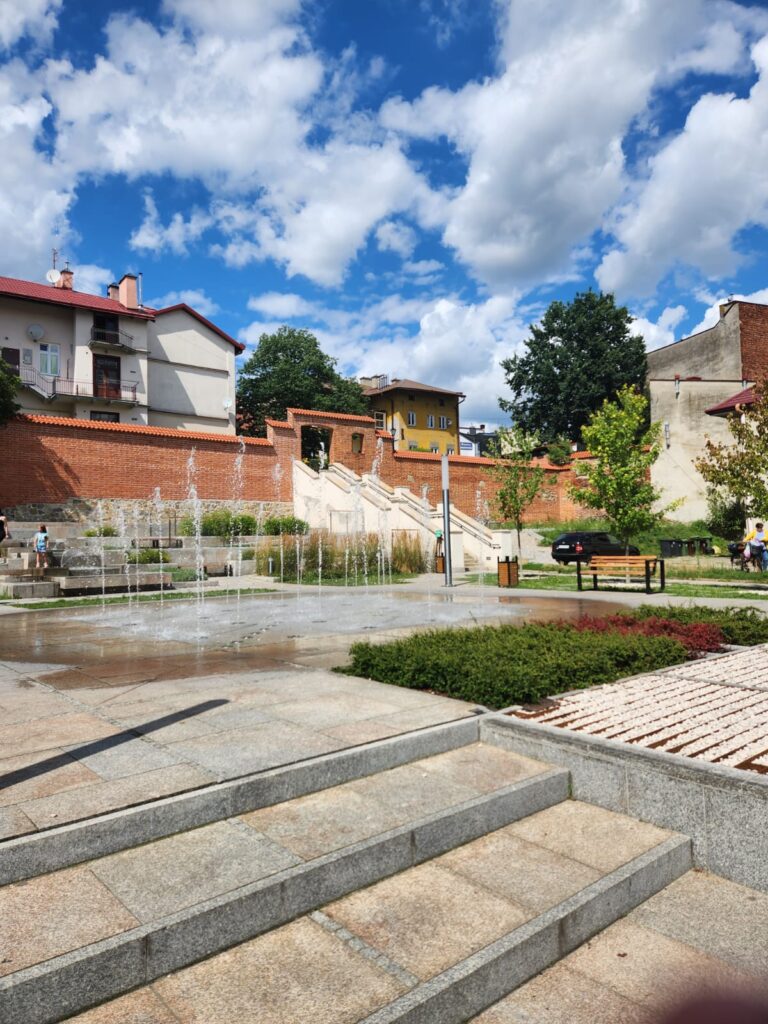
Railway station
The train station is called “Pearl of the Renaissance”. It is imposing, dazzling, meticulously restored in 2010. This is one of the most beautiful train stations in Poland.
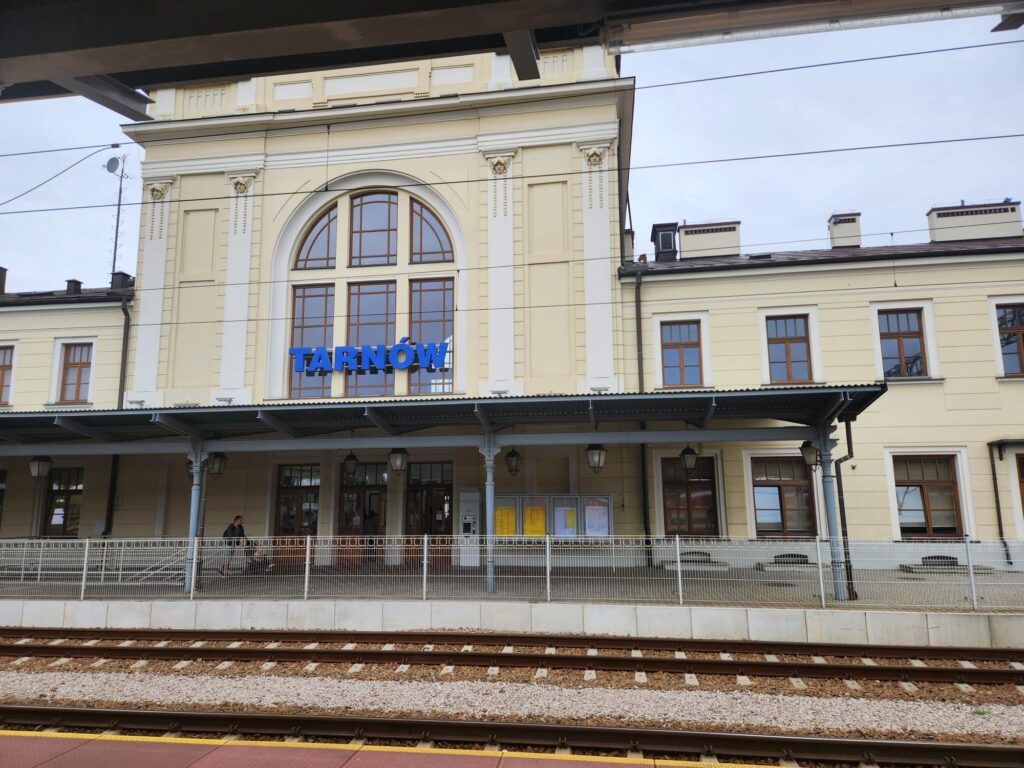
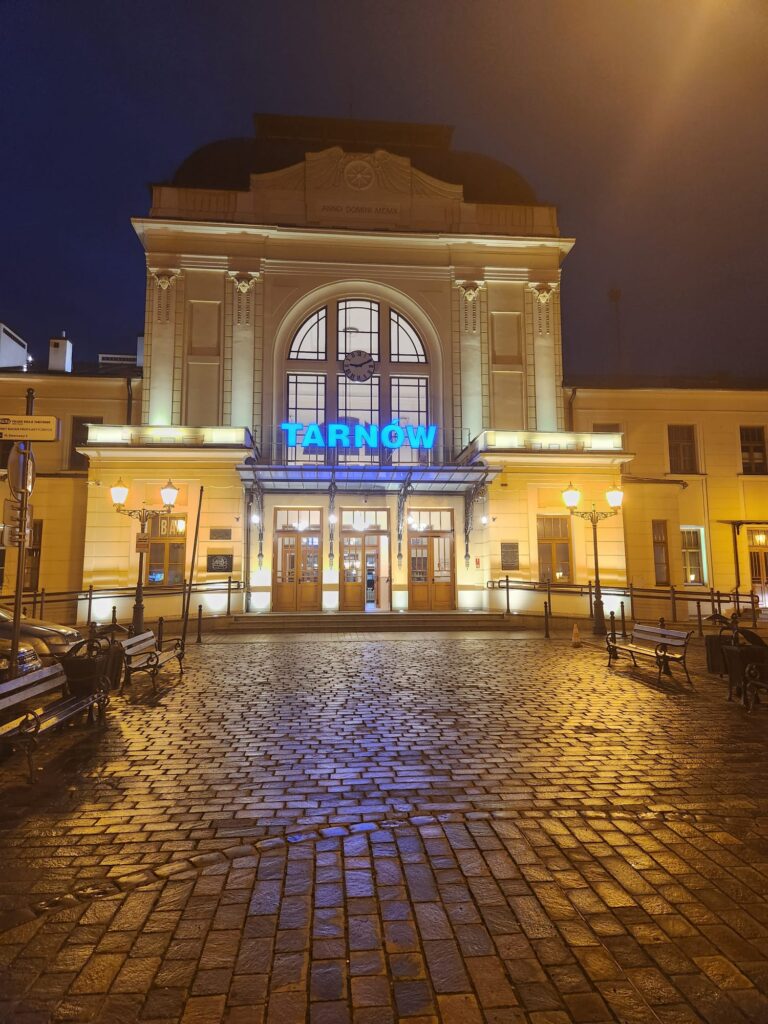
Church of Holy Family (Missionary Church)
On the way to the Market Square, stop by the church on the left side of Krakowska Street. This is the church of Holy Family (Missionary Church). It was built over a hundred years ago. Jan Sas-Zubrzycki designed its body in the Vistula style. Two soaring towers and wonderful stained glass windows, designed by Stefan Matejko (brother of master Jan), attract attention.
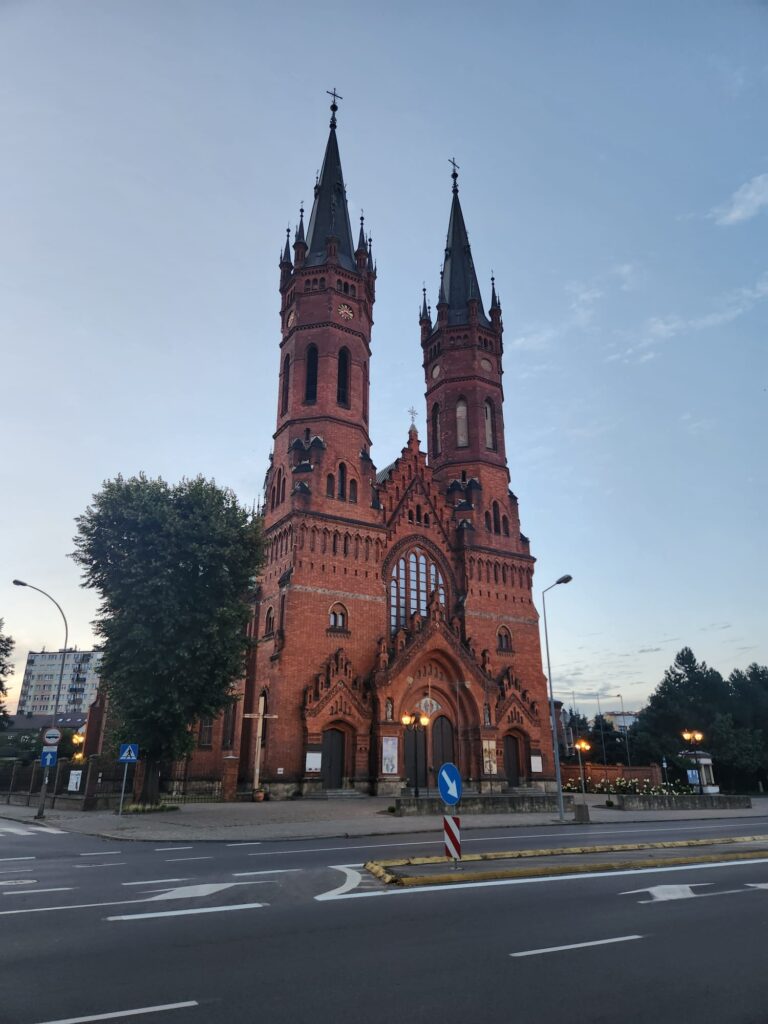
Szeklerska Gate
There are only three real Szeklerska Gates in all of Poland – one in Tarnów, the other in Stary Sącz and the third in Koszyce Wielkie near Tarnów.
The Szeklerska Gate is a gift from the Hungarian foundation and the Hungarian city for Tarnów. It is located in the so-called “Hungarian corner of Tarnów”, on the square of Sándor Petöfi (Hungarian poet, general Bem’s adjutant) and introduces you to the square where there is a monument to Petöfi and 2 monuments of kopijniks, i.e. heavy cavalry armed with lances and swords, originating from medieval knighthood.
The word Sekler (siculi) means people, nation and at the same time a mission to guard the borders of the Kingdom of Hungary. The Szeklers inhabited the easternmost areas in the Carpathian basin. Their role is very important for the history and intellectual life of Hungarians. Until the fourteenth century, the concept of Szeklers was treated on an equal footing with the concept of nobility.
The traditional hospitality of the Szeklers does not allow you to close the gate. It stands open, and on its arches there are inscriptions: “Peace to those who enter, blessing to those who leave” and:
SHOULD WE LOSE? BECAUSE BEM IS OUR CHIEF
MASTER OF PEOPLE’S FREEDOM DEFENDER
THE GLOW OF VENGEON PULSES BEFORE US
THE BLEEDING STAR OF THE BLOODING STAR
TWO NATIONS ARE UNITED IN US
HOW GREAT – HUNGARIAN AND POLISH!
WHAT FATE WILL BE SUFFERING THESE NATIONS
JOINED FOR FREEDOM?
PETÖFI: THE ARMY OF TRANSENGUNK
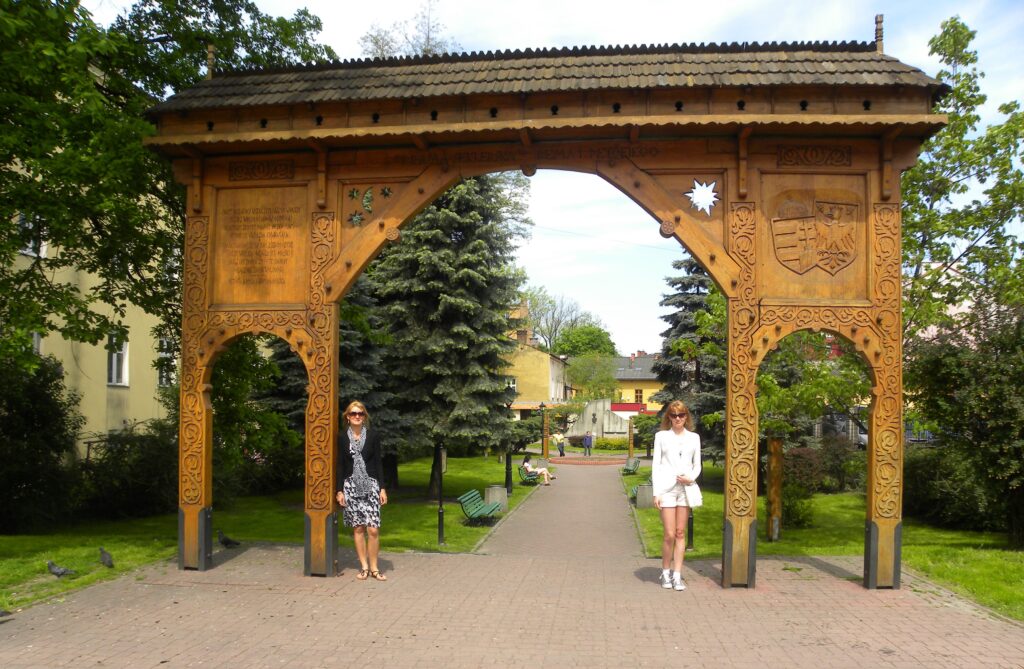
Red Tram
Walking through the center towards the Market Square, on Plac Sobieski, you will come across an unusual cafe. It’s Café Tram. This wagon is a faithful replica of a tram that ran this way in 1911-1942, and Tarnów was one of three cities in Galicia where trams ran. On Wałowa Street there are still traces of the old rails.
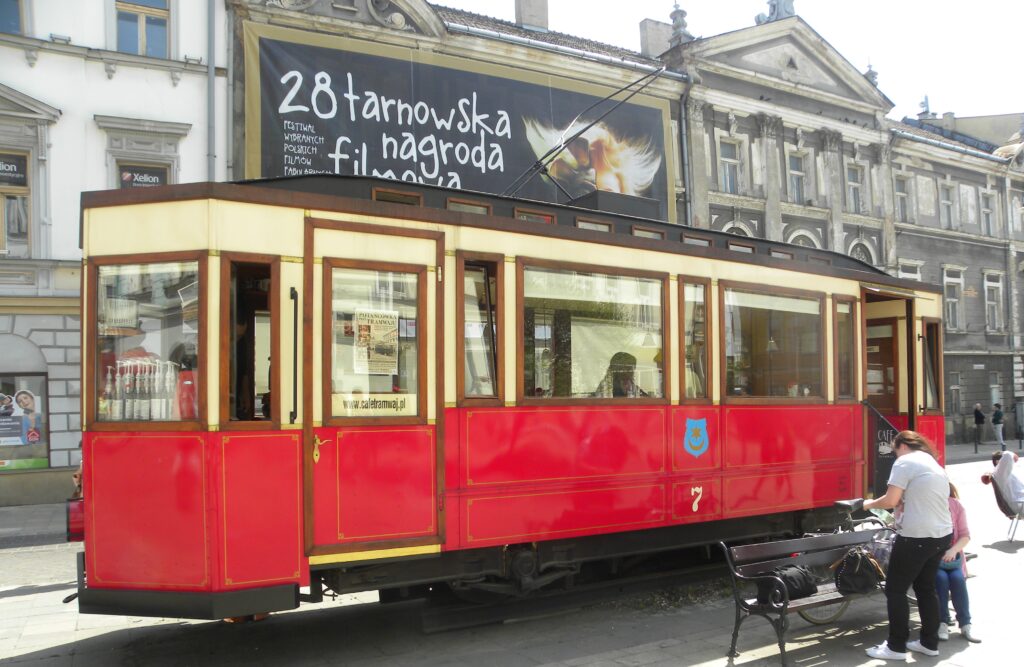
Tadeusz Tertil Passage
The passage, which was named in memory of the distinguished mayor of the city in the years 1907-1923, is a place for those who like to search, turn into side streets and venture into nooks and crannies off the beaten track. If you like to discover such places, take a look at the gate of the Statistical Office.
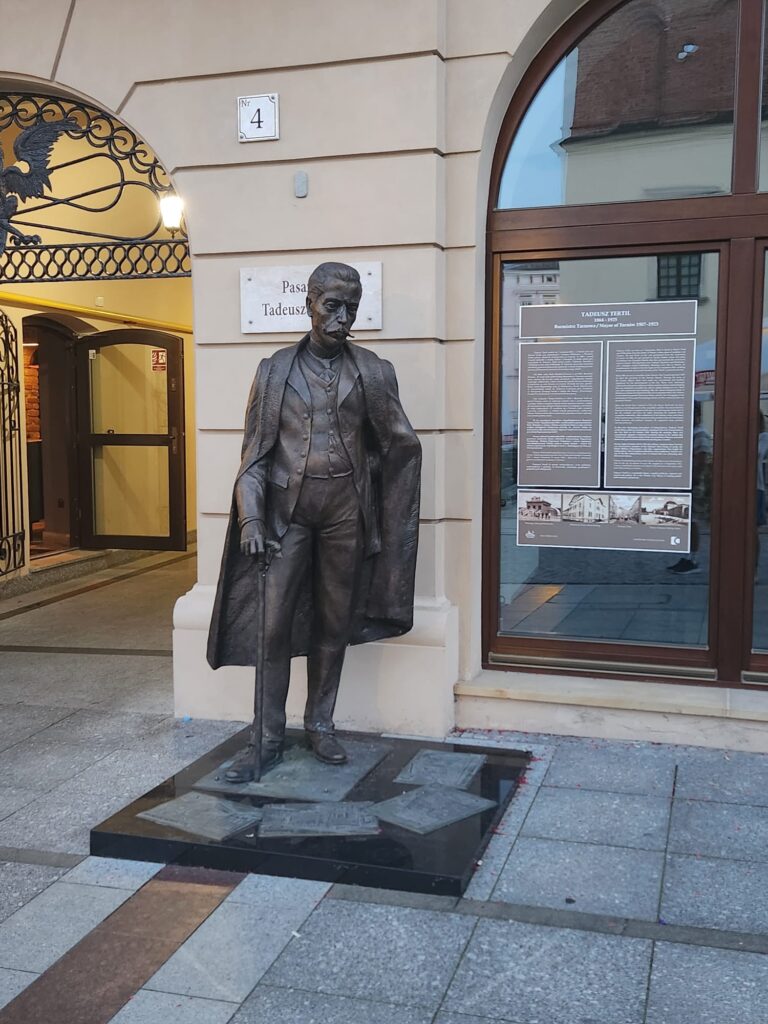
Market Square: Town Hall and tenement houses
One of the first places in Tarnów that tourists go to is Tarnów’s Old Town. Although it is not very large, it is considered one of the most beautiful in Poland.
The Old Town Square is a wonderful mix of architectural styles. Tarnów owes the name “Pearl of the Renaissance” to the tenement houses surrounding the market square.
The original building of the town hall was built around the middle of the 14th century in the Gothic style, and was thoroughly rebuilt at the end of the 16th century in the Renaissance style. The building of the town hall, whose height from the market square to the top of the attic is 18 m, and the height of the tower is 30 m, has retained the features of a building in the Renaissance style. It is a two-story, brick, rectangular building with a tower to the north and a risalit with a staircase to the south. Topped with a brick, non-plastered attic with 28 blendes (recesss).
The crest of the attic is decorated with stone volutes, pinnacles and 14 gargoyles. The tower in the lower part (up to the top of the attic) is square, in the upper part above the attic it is round with a guard porch suspended on stone corbels, a pointed roof with a tin coat of arms XX. Sanguszków, Pogoń Litewska, at the top (it has been there only since 1846, before that it was Leliwa Tarnowski).
In the 28 blendes of the attic, there were probably sgrafitto portraits of members of the Tarnowski family, from Spycimir to Jan Krzysztof (d. 1567). The number of gargoyles (14) was to symbolize the 14 members of the old and new city council.
An interesting part of the building is its 30-meter clock tower, which hides a huge mechanism. It offers an amazing view of the city.
Two stone portals have survived to this day, one from the east of a rather simple form, through which the entrance to the former weight room led, and from the south, a Renaissance one with the Leliwa coat of arms and a Latin inscription: DOMINUS CUSTODIAT INTROITUM ET EXITUM TUUM (may the Lord protect the entrance and exit your). The second Renaissance portal, more modest than the entrance one, with the Latin maxim: IUSTITIAE FUNDAMENTUM FIDES (justice is the basis of faith) is located inside the building.
The town hall ceased to function in 1931. The Diocesan and City Museum of Tarnów was established there. From 1970, in the building of the Town Hall, you could see the exhibitions of the District Museum in Tarnów, currently within its walls there is the Museum of the Tarnów Land.
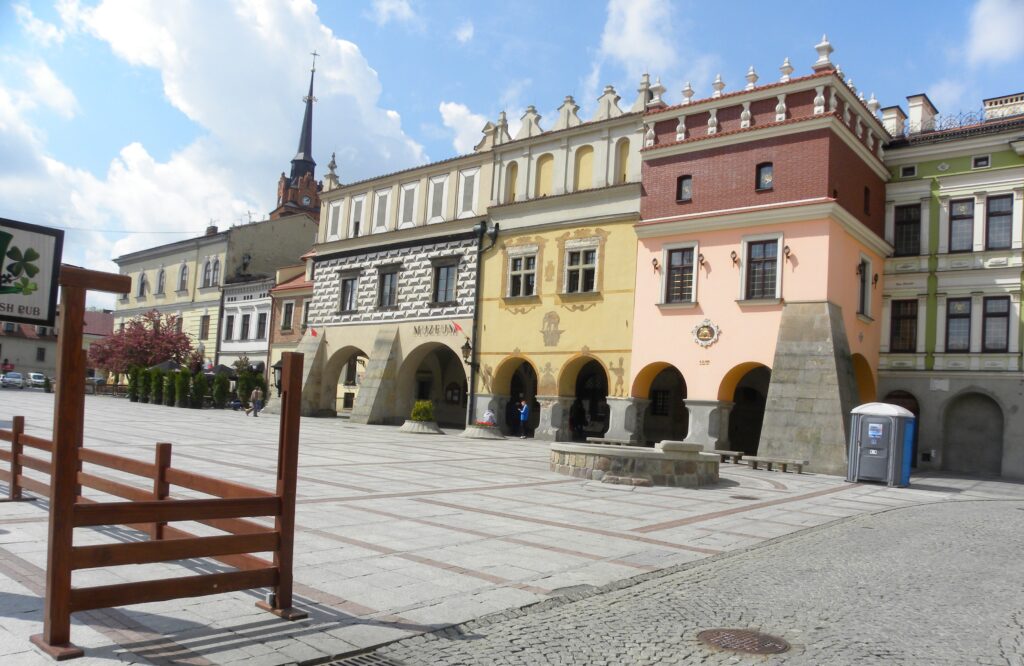
Cathedral – Minor Basilica of St. Nativity of the Blessed Virgin Mary and the statue of the Pope
The Cathedral Basilica of the Nativity of the Blessed Virgin Mary (pl. Katedralny 5) is a Gothic church, the oldest part of which was built in the first half of the 14th century. Its impressive 72-meter tower is especially noteworthy.
The first mention of the temple comes from 1330. Gradually, the original body of the church was surrounded with chapels from the end of the 14th century to the 19th century.
In its original, 14th-century Gothic shape, it was probably a towerless, single-nave building with a rectangular presbytery, made of brick with the addition of stone.
The huge tower from the west was added to the main nave probably at the end of the 15th century. Its today’s height is 72 m, it is not known how much it was originally. Today’s neo-gothic appearance of the cathedral was obtained after a thorough renovation and partial reconstruction in the years 1889-1900.
Just behind the main altar, on the left and right, there are more than 13-metre high, the highest in Europe, tombstones of the Tarnowski and Ostrogski families, which are rightly considered to be one of the most outstanding works of art in Poland by such masters as: Bartłomiej Berecci, Jan Maria Padovano and Jan Pfister.
The two-storey monument is dedicated to the Grand Hetman of the Crown, Jan Tarnowski (died 1561), who was the owner of Tarnów, as well as an outstanding politician, a man of the world, thanks to whom the cathedral, town hall, castle were rebuilt, a number of new houses were erected, and the city walls were expanded . This monument and the monument of his son, Krzysztof (d. 1567), are considered the most monumental in Europe. Its dimensions are currently 13.8 m high and 5.6 m wide.
The tombstone of Barbara Tarnowska née Tęczyńska (died 1521) from the workshop of Bartłomiej Berecci is considered to be the most beautiful sculpture depicting a Renaissance woman in all of Europe.
In front of the cathedral there is also one of the oldest statues of Pope John Paul II. It was erected in 1981 and it was the first statue of the pope in Poland.
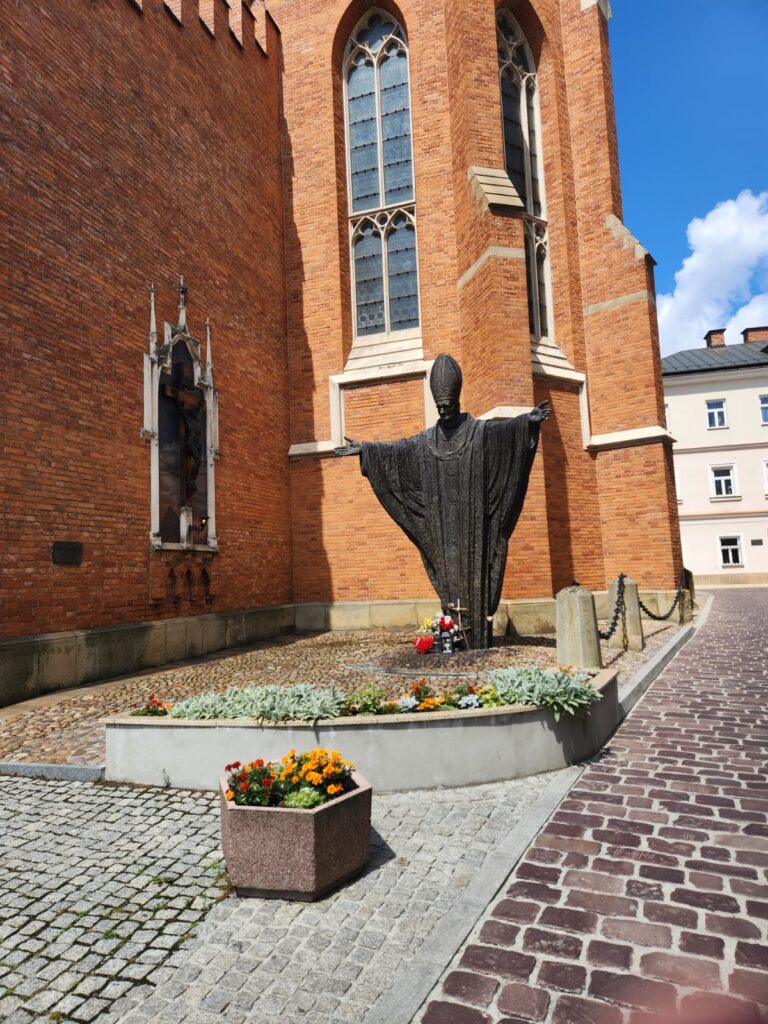
Historic Bimah
(Bimah – a raised place in the center of the synagogue, built in the form of a tent, a gazebo with a balustrade or grille and a canopy, or in the form of a chapel with a dome-shaped roof with a lantern. Inside there is a table for lecturing and reading the Torah. The bimah also serves as a rostrum , the place from which the cantor conducts prayers.)
The Bimah is the only remnant of the Old Synagogue built in the 17th century. Right next to it are the city walls and Plac Rybny, which were completely renovated in 2011 and are the city’s landmark. The area is often the site of cultural events dedicated to the Jewish community, especially in the summer.
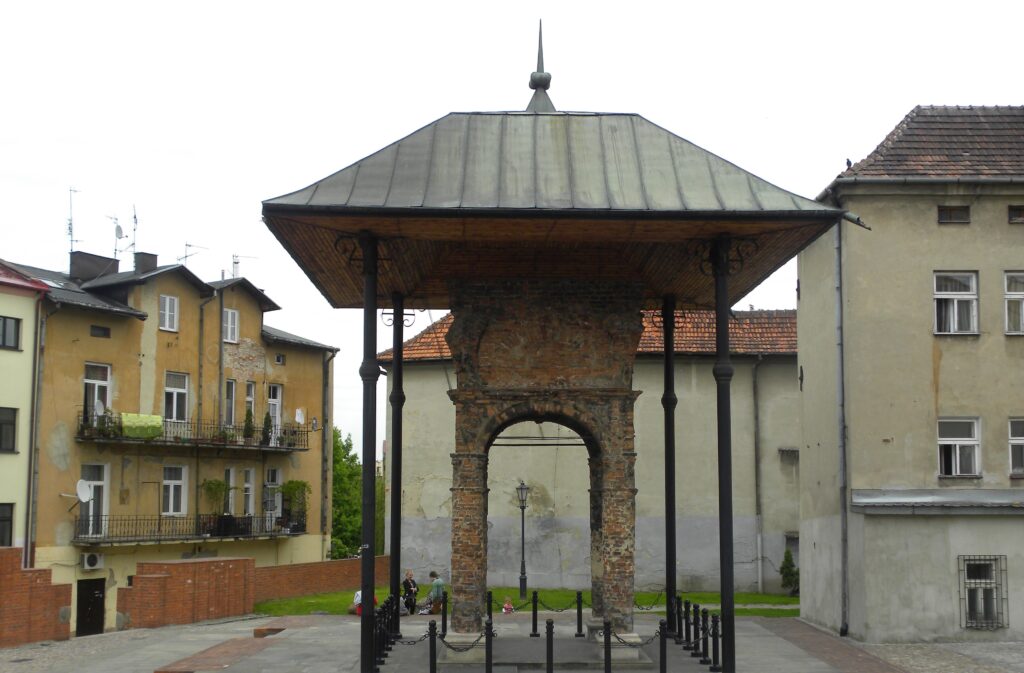
“Church by the Burek” – Sanctuary of Our Lady of the Scapular
Apparently, the church once stood in the place of today’s cathedral, but after the construction of a new brick church began, it was dismantled and transported to its present location by the Wątok stream.
Apart from it, in Tarnów there are two other churches made in the same style – the church of St. st. Trinity “na Terlikówka” and the church of st. Martin.
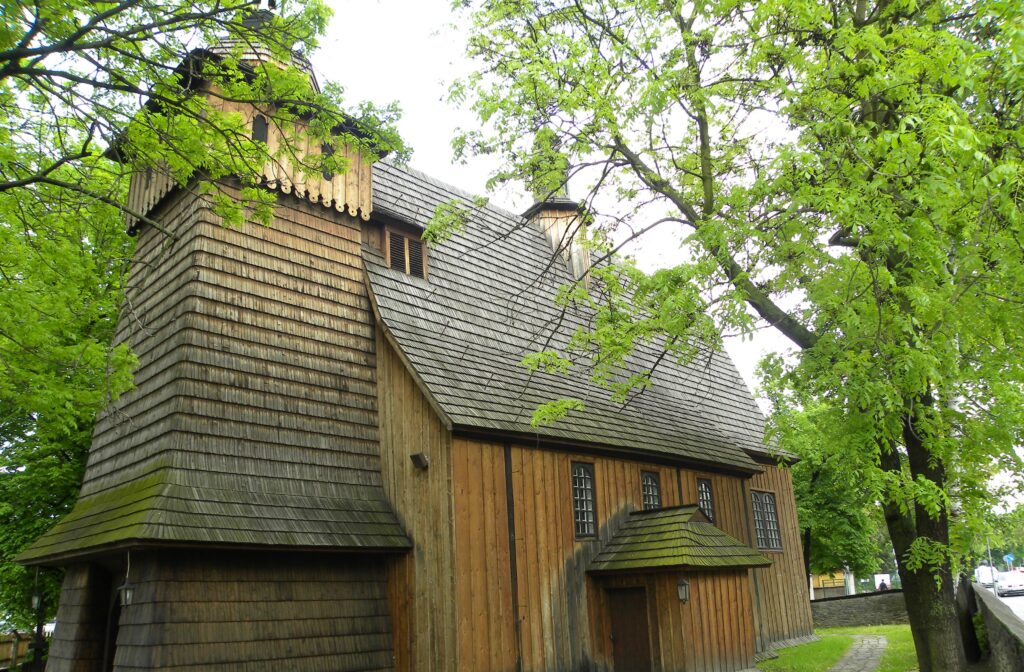
Monuments
According to the official website of the Tourist Information, there are a total of 75 monuments in Tarnów
Roman Brandstaetter monument at Wałowa Street
Roman Brandstaetter, born in Tarnów, a writer and poet of Jewish descent who converted to Catholicism. For this reason, he divorced his first wife and married his second in Rome.
His life is a story of escaping from Krakow, where he studied, to Vilnius, then Jerusalem, Moscow, Baku, Iran and Iraq, and finally Egypt and Rome. The writer lived on three continents in total – in Europe, Asia and Africa.
On the monument, on the chest and belly, one of his poems is engraved – “Song of God’s Clocks”:
So I know that nothing happens prematurely, And nothing happens too late, And everything happens in its own time, Everything… All feelings, meetings, Departures, returns, deeds, intentions, God’s clocks always strike the right time.
In Tarnów there is also the only gymnasium named after him in Poland.
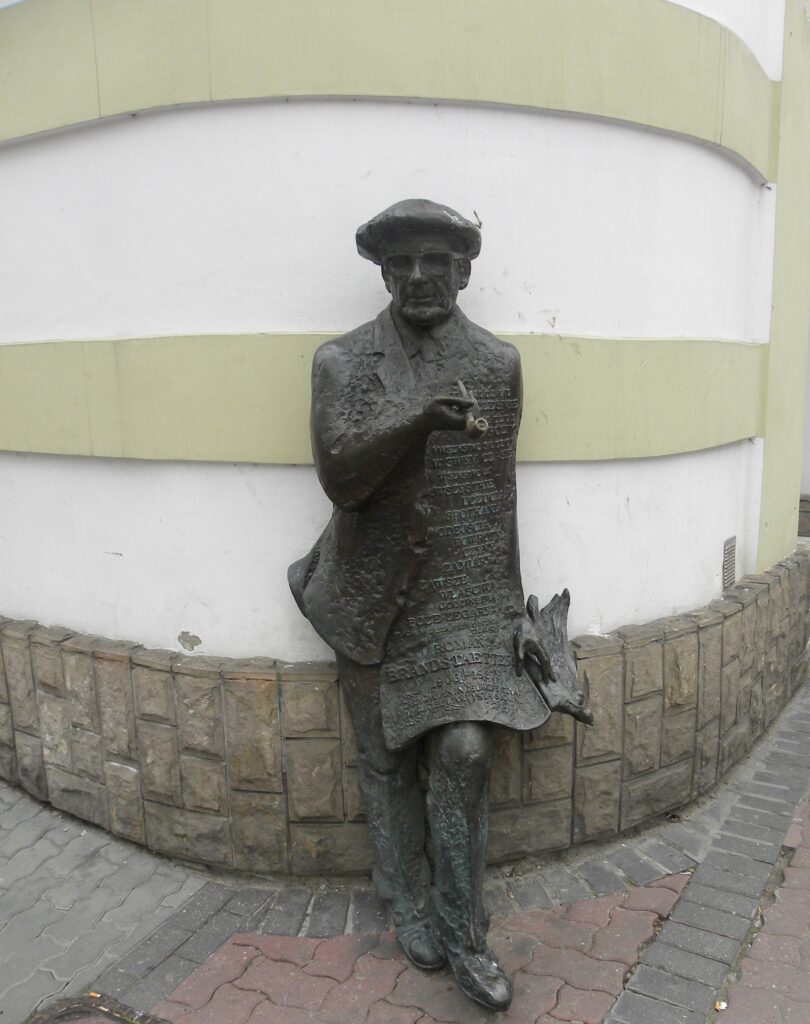
Józef Bem Monument at Wałowa Street
Józef Bem was born in Tarnów and died in distant Aleppo in Syria. After his death, his ashes were brought to his hometown. They are located in the Mausoleum in Strzelecki Park.
Józef Bem is a national hero of Poland and Hungary. Participant of the November Uprising and the Spring of Nations. He was politically active during the Great Emigration. These are the times of the first half of the 19th century. He was a Polish general, strategist and military engineer. Many books have been written about him and many schools in Poland and Hungary bear his name.
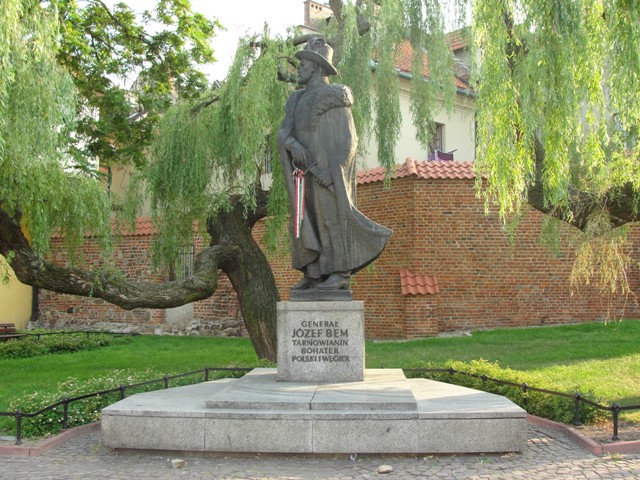
The statue of King Łokietek at Wałowa Street
The monument to Łokietek stands in Tarnów, because in 1330 he issued a privilege allowing the location of the city. And the city was founded in this place by Spycamir Leliwita.
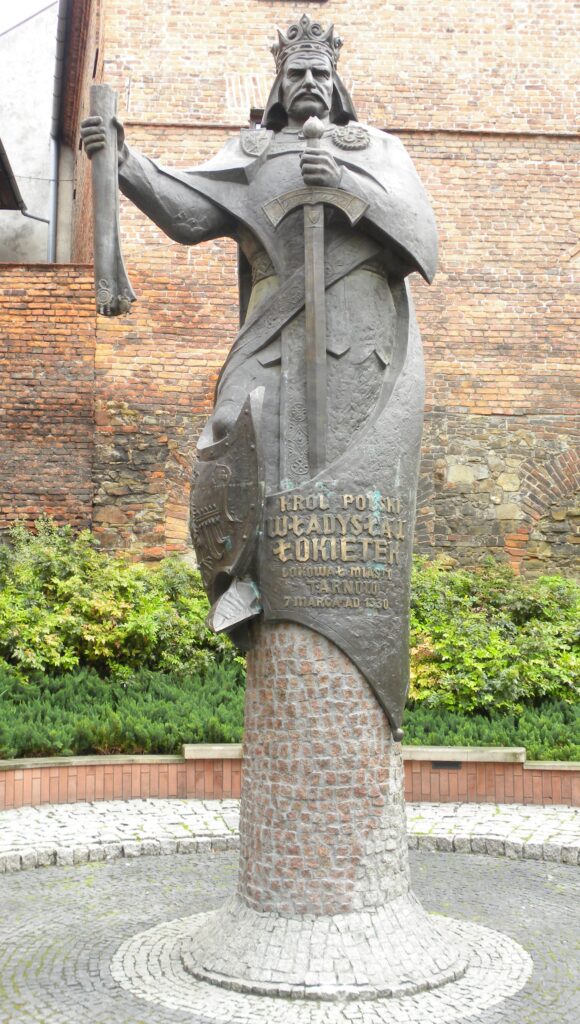
Monument of the 1st Transport of Prisoners to KL Auschwitz
In Tarnów, it is also worth visiting the monuments referring to the history of this city. One of the most important is the Monument to the First Transport of Prisoners to KL Auschwitz. It is located on the square from which the first transport of Polish political prisoners to the German concentration camp in Auschwitz took place.
Once again, the thesis is confirmed that there is no place, town, even the smallest village in Poland, which would not experience the effects of World War II. Our cities are full of places – souvenirs of the murdered, deported, missing. Despite the passage of almost 80 years since the end of the war, the country is still stigmatized by it. We remember. And that is a painful memory. It is worth thinking about this when we talk about other countries currently at war.
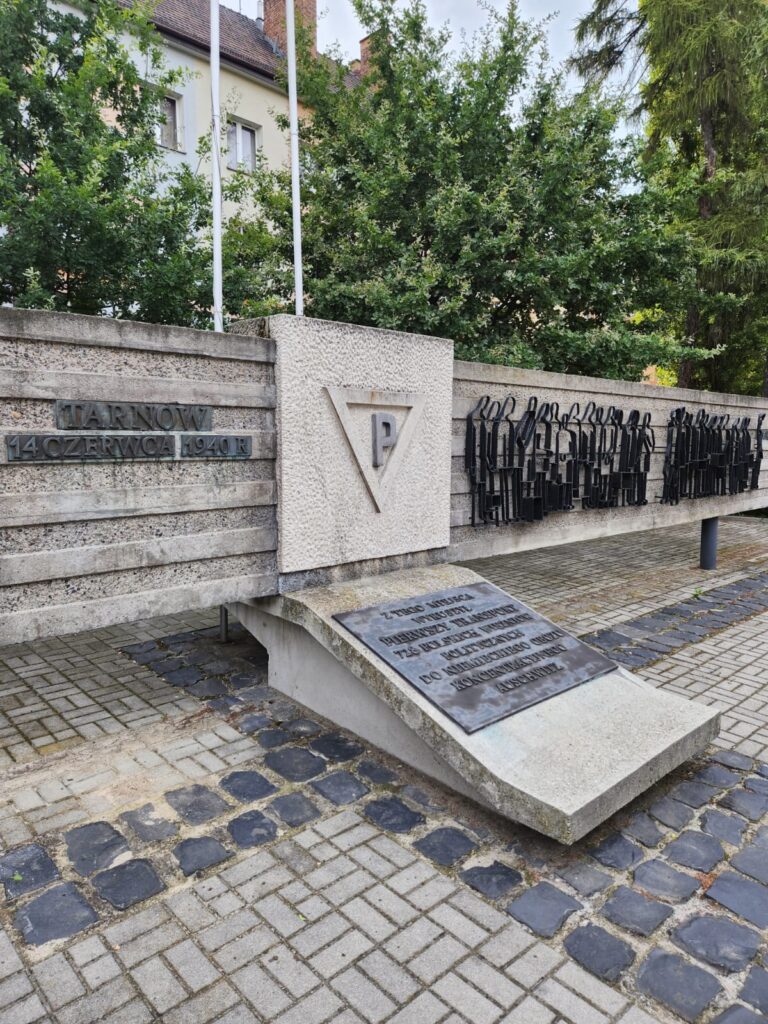
Museums
Museum of the History of Tarnów and the Region
The museum is located in one of the tenement houses at the Market Square (Rynek 21). There, in historic interiors, we will learn the colorful history of the city and the region.
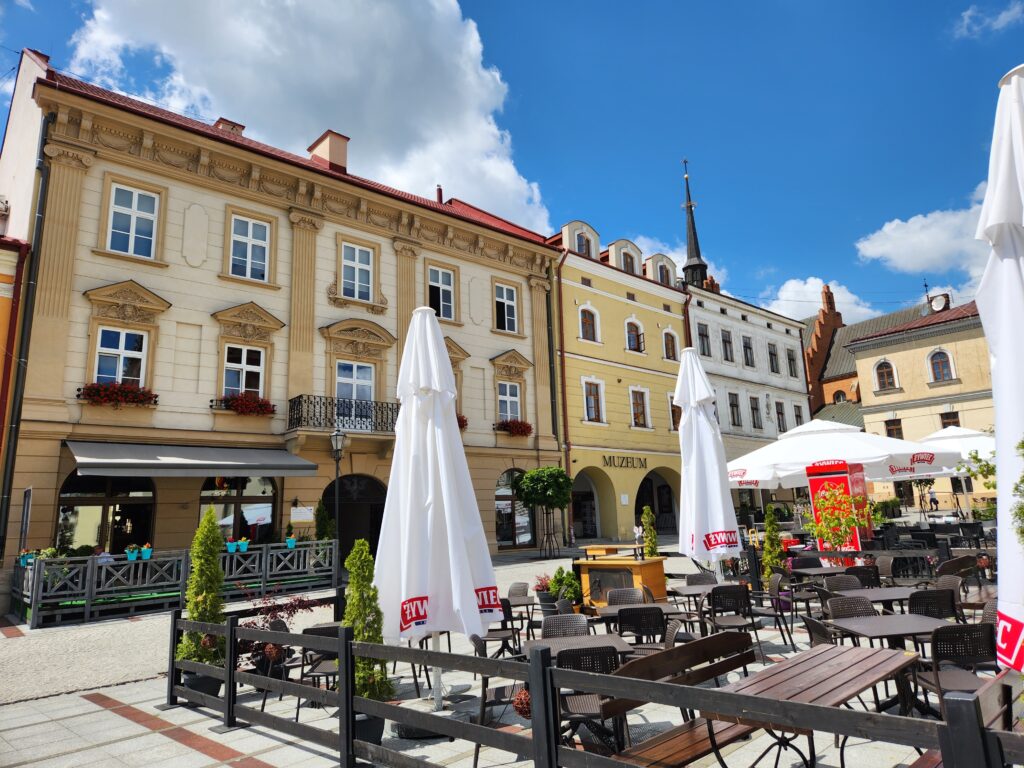
Ethnographic museum
It is the first institution in Europe that presents exhibitions about the history and culture of the Roma as part of its permanent exhibition. It is from here that the Caravan of Remembrance sets off every year – a few-day trip in historic and modern cars to the most important memorial sites of the Roma in Lesser Poland. The Ethnographic Museum in Tarnów is the first institution in Europe that permanently presents exhibitions devoted to the history and culture of the Roma. From here, every year in July, the Caravan of Remembrance departs.
International Roma Caravan of Remembrance – commemorative ceremonies, accompanied by a reconstruction of the Roma caravan life. Gypsy caravan is a group of Roma wandering from place to place. Bans on the movement of rolling stock were introduced in communist countries in the second half of the 20th century. The times when Gypsies roamed are recalled today by occasional meetings and commemorative ceremonies, such as the International Roma Memorial Camp.
The Roma, like other ethnic groups and nations, were exterminated during World War II. That is why there are places commemorating the martyrdom of the Gypsies on the Tarnów caravan route. The Caravan of Remembrance attracts tourists from all over the world to Tarnów. During a few-day hike, participants can see what such a nomadic life looks like.
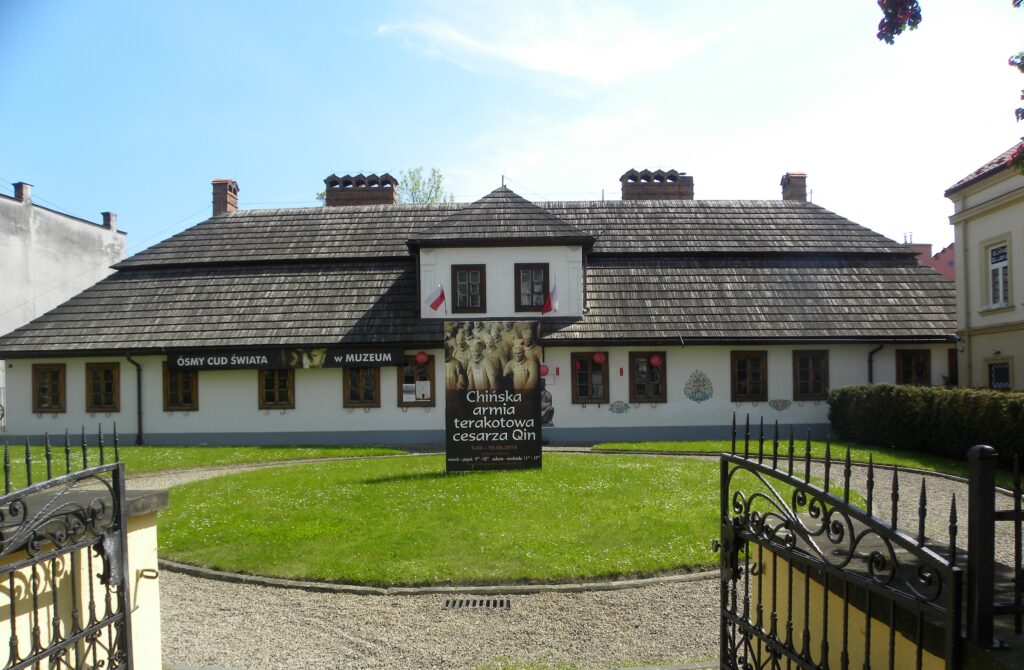
Diocesan Museum
The Diocesan Museum is adjacent to the cathedral – the oldest church museum in Poland (1888). The museum is housed in a building that is almost 500 years old. It is a brick tenement house. “Nikolaiv’s House”. The name comes from the name of the founder – burgher Jan Mikołajowski, who built it for the rector of the first school in Tarnów.
Collections – unique paintings, sculptures, vestments, incunabula, documents, folk art (including very interesting folk paintings painted on glass). Worth mentioning is the original altar from the UNESCO-listed church of St. Leonard from Lipnica Murowana.
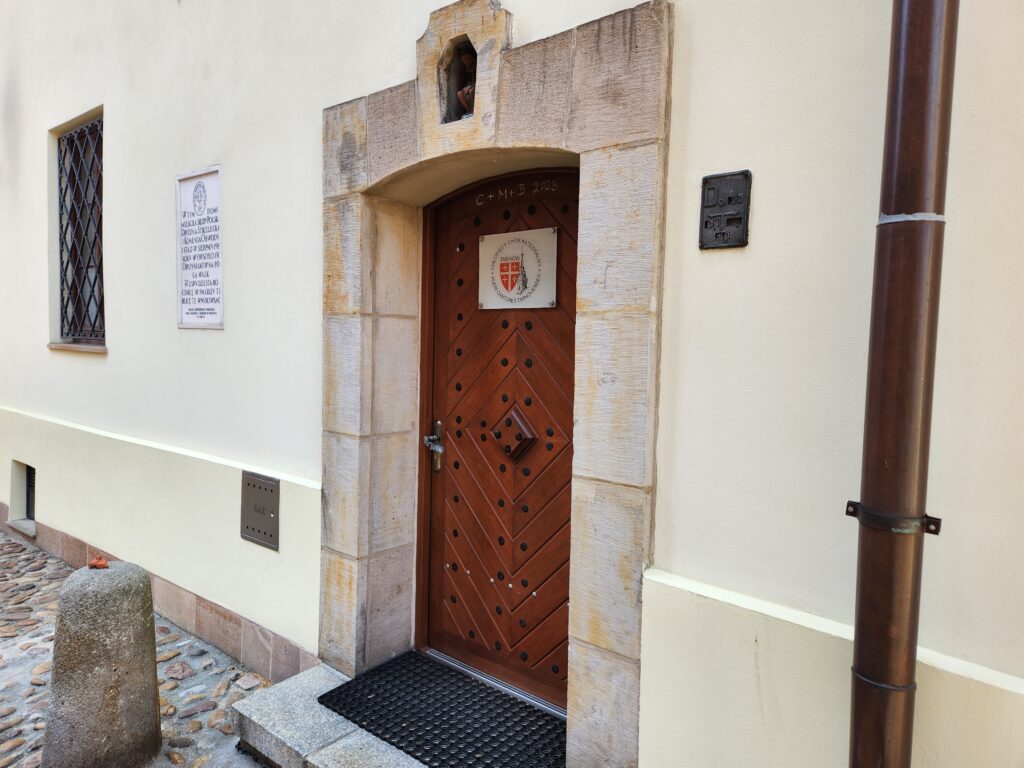
Viewpoint on Mount St. Marcin
While in Tarnów, it is worth going to Marcinka, i.e. Mount St. Marcin and visit the ruins of the Tarnowski Castle. Its construction began in 1331. Over the centuries, the castle was taken over by various families, including the Tarnowski, Ostrogski, Lubomirski, Zasławski and Sanguszko families. Unfortunately, when in 1723 representatives of the last of the families moved to another place, the castle slowly began to fall into ruin, until it was finally demolished. Despite this, the Sanguszko family decided to hand over the ruins to the city only in 1939.
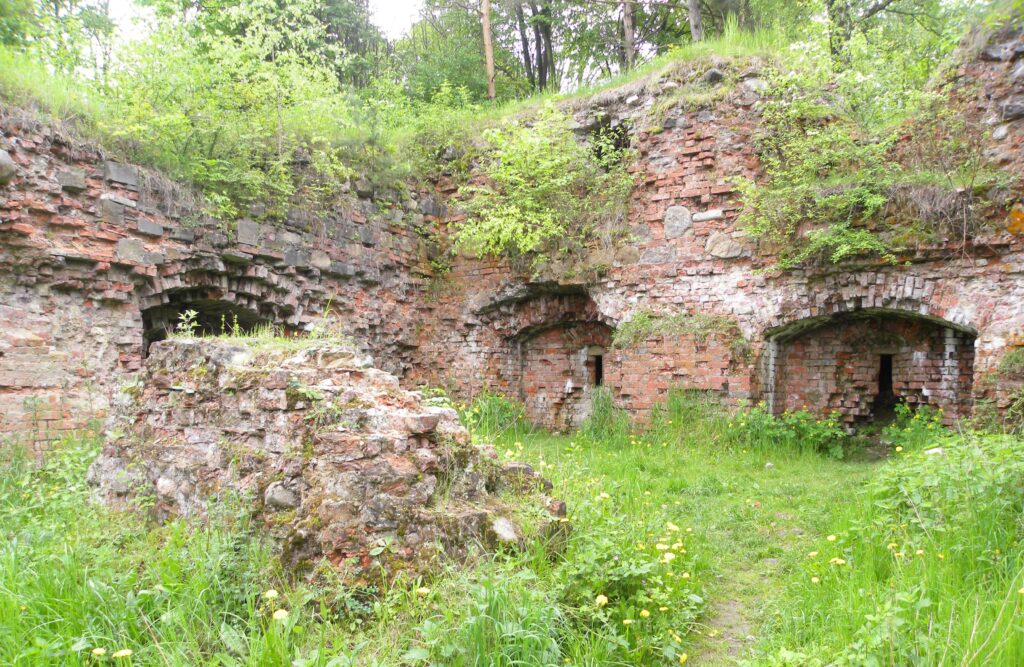
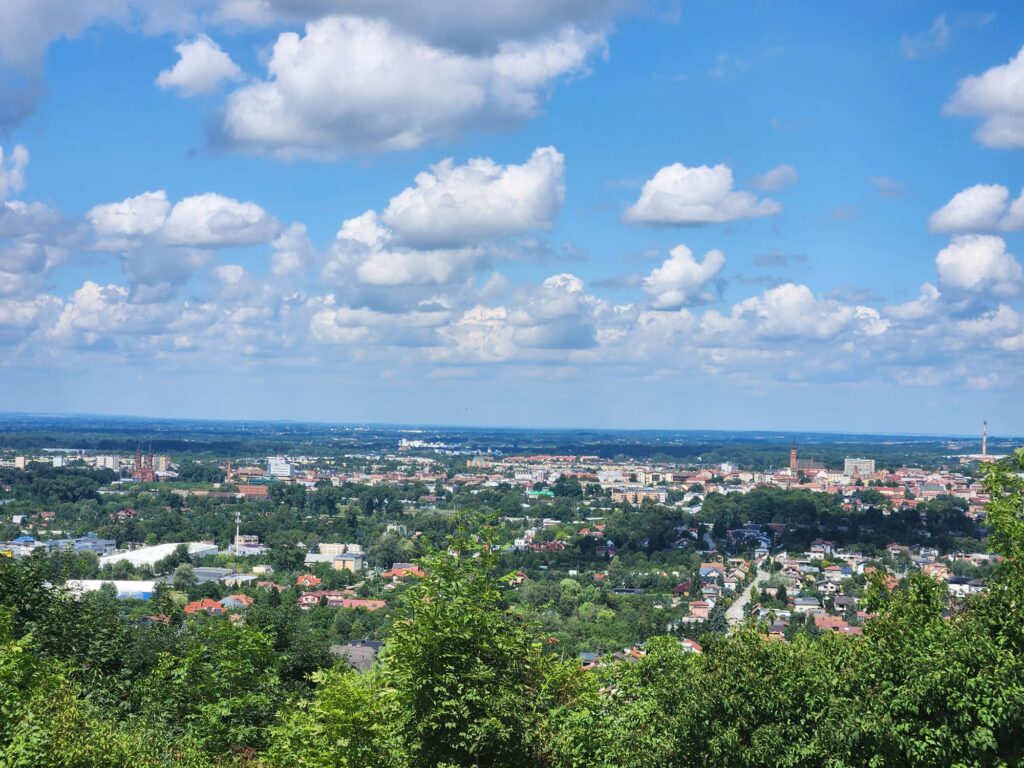
Attractions for children
The attractions for children include the interesting Fountain with the Solar System and the Aquapark, where there are, among others, numerous slides, an artificial river and a bubble bay. A great attraction for children in the vicinity of the city is also a mini zoo in nearby Zaczernie.
